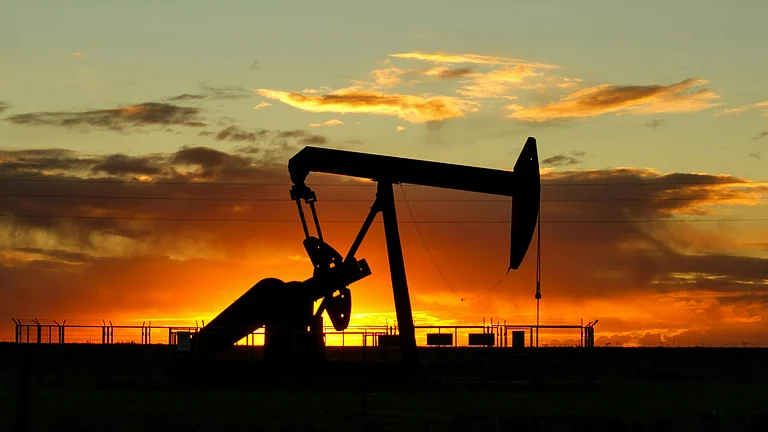For thousands of years, India stood as a flourishing civilisation, rich in knowledge, trade and culture. It was the golden sparrow that sent Columbus sailing west in 1492 in search of its fabled wealth. Economic historian Angus Maddison estimated that until the early 18th century, India contributed nearly a quarter of the world’s GDP. Its weavers clothed empires, its thinkers shaped mathematics and its merchants carried spices and silk across continents. Then, far away in England, something happened that changed the order of the world.
Coal was found. The black stone burned longer than wood and powered a machine that could move without wind or muscle. When James Watt refined the steam engine in 1769, Europe gained the one thing that Asia lacked. Control over energy.
The discovery transformed Europe from a cluster of kingdoms into a continent of conquerors. It powered ships that travelled faster, mills that worked without pause and armies that reached lands where time itself moved slower. The black fuel shifted the balance of power and reshaped civilisation.
In the 20th century, a similar transformation came to West Asia. The Arab world struck oil, changing the lives of tribal communities into ones of opulence and influence. India, by contrast, remained constrained. Today, India is the world’s fourth-largest economy, yet average consumption remains just above the poorest nations. The country imports 89% of its oil. Whatever Indians earn through labour and industry flows out to fuel other economies.
India has always been one energy crisis away from collapse. In the 1990s, the Arab oil shock nearly brought the nation to its knees. Today, the US pressures India over sourcing oil from Russia without offering alternatives. In the absence of a reliable energy source, India has long been forced to align its policies with the interests of others, even at the cost of its own people.
This brings us to our November cover story (pg 38). India is attempting to achieve its energy independence through nuclear power. Coal, once the backbone of industrial growth, is now considered dirty in the West. Non-trade barriers and legal pressures are rising against countries that still rely on it. The fourth Industrial Revolution will not arrive in India without harnessing the power of the atom. Big tech companies such as Amazon and Alphabet are already investing heavily in small nuclear plants in the West. They would demand uninterrupted power for their AI infrastructure projects being announced in India.
India’s nuclear mission sets ambitious targets, but obstacles remain. Fuel shortages, activism and the geopolitics of global supply chains continue to threaten progress. India conducted its first nuclear test in 1974, yet the country has made limited strides in fully harnessing nuclear power since then. Our story traces the journey of India’s nuclear dreams, from decades of ambition and setbacks, and evaluates the different choices policymakers must navigate to get it right this time.
Energy sovereignty is the foundation of innovation and prosperity in the 21st century. How India secures its energy will shape its place in the world, the deals it makes and the alliances it keeps. Mastering nuclear power is a step toward reclaiming its destiny. Without it, Indians will remain a nation that labours for the comfort of others.












